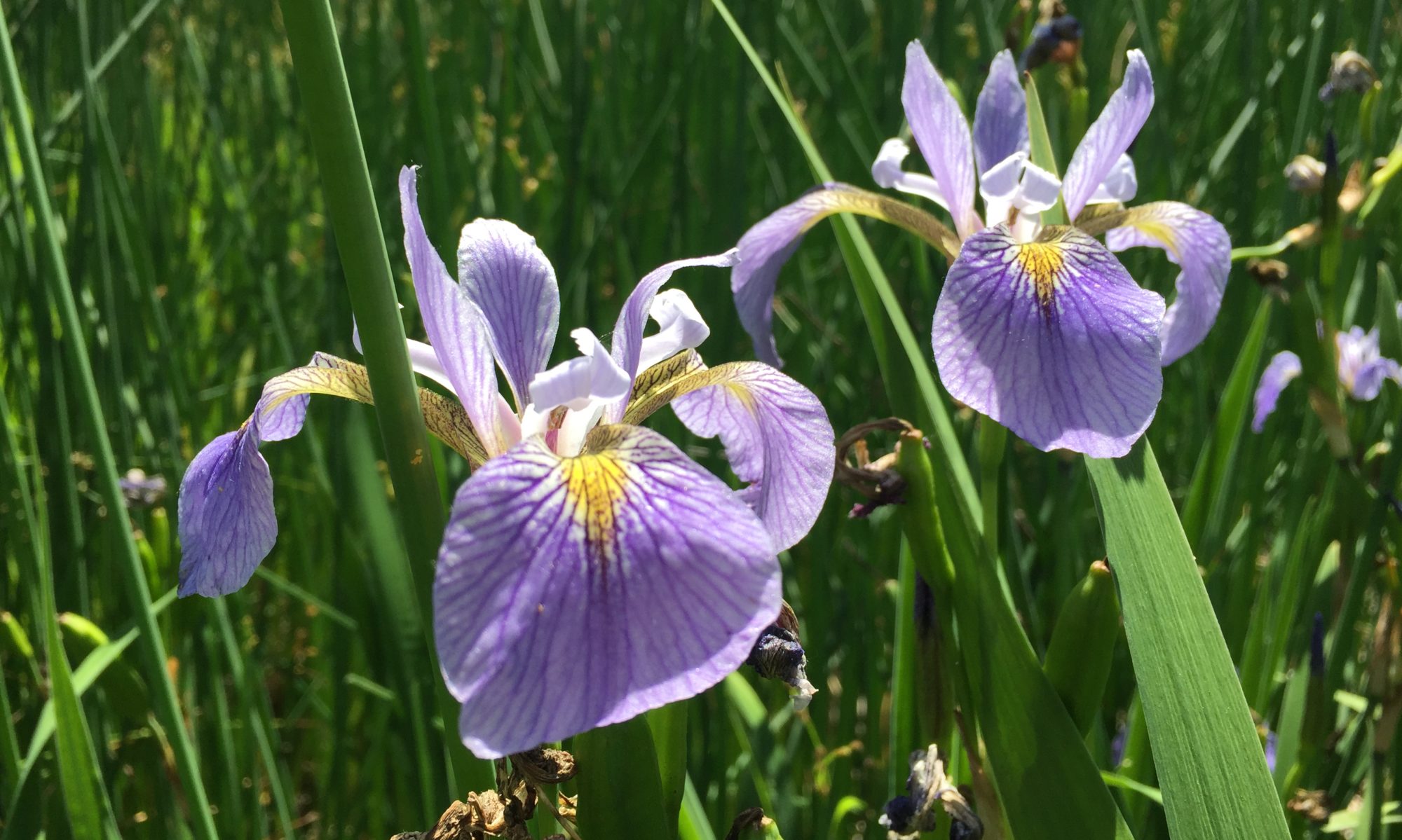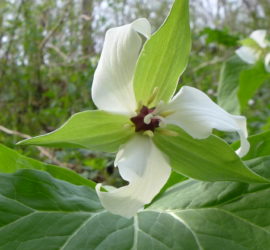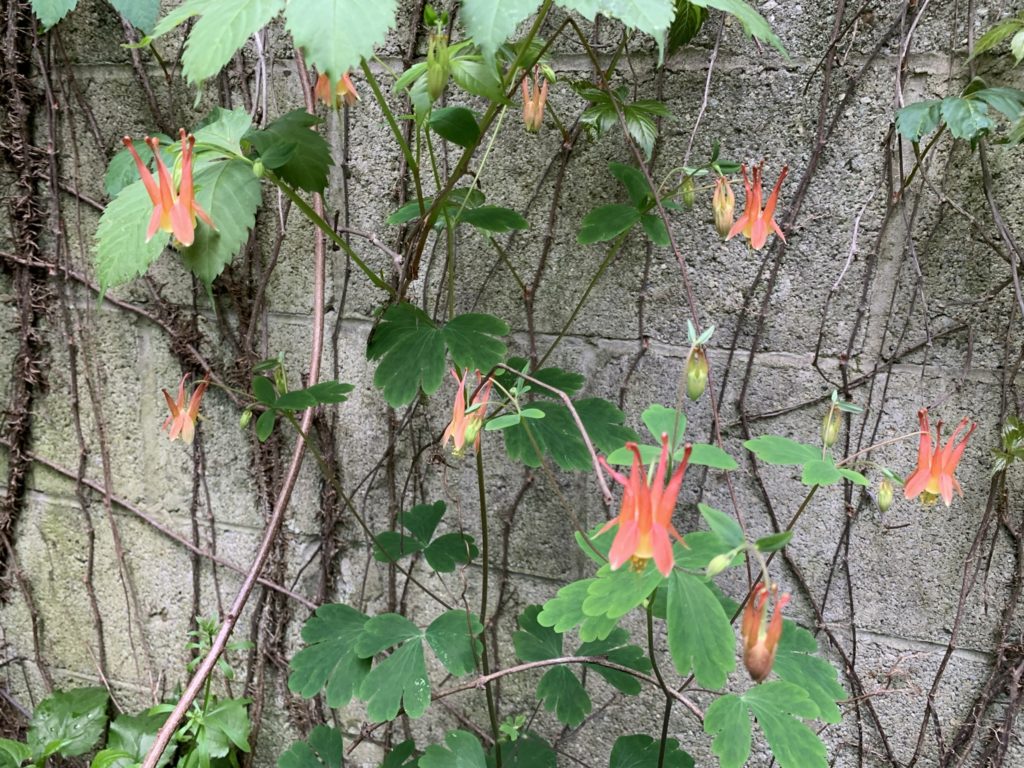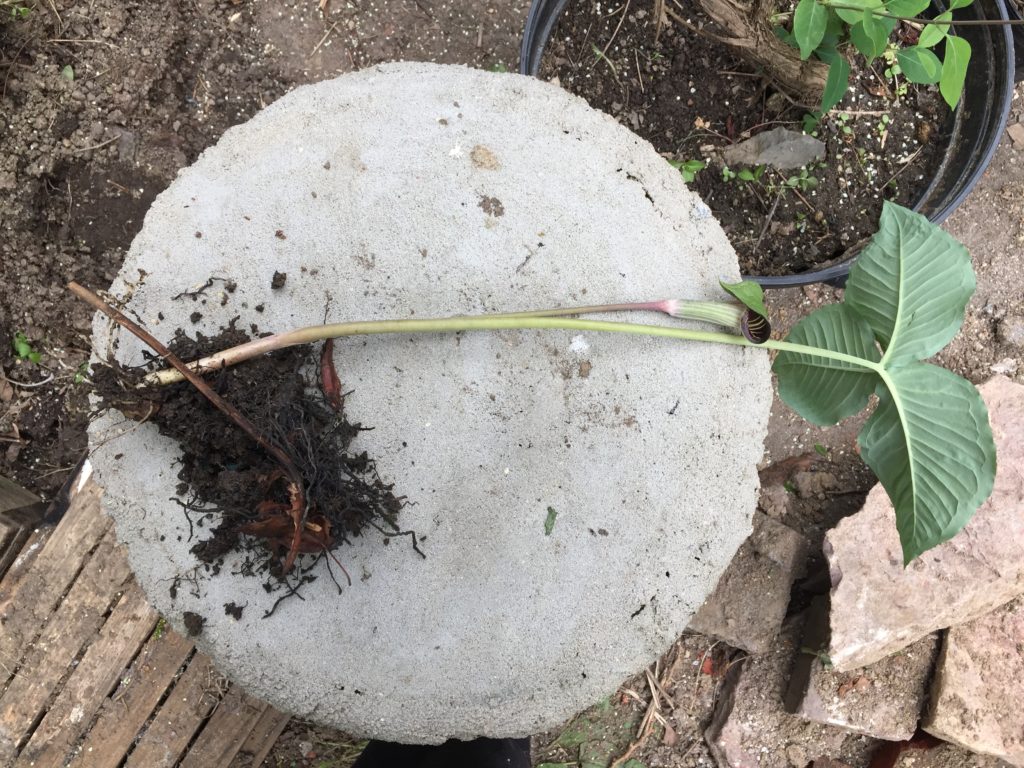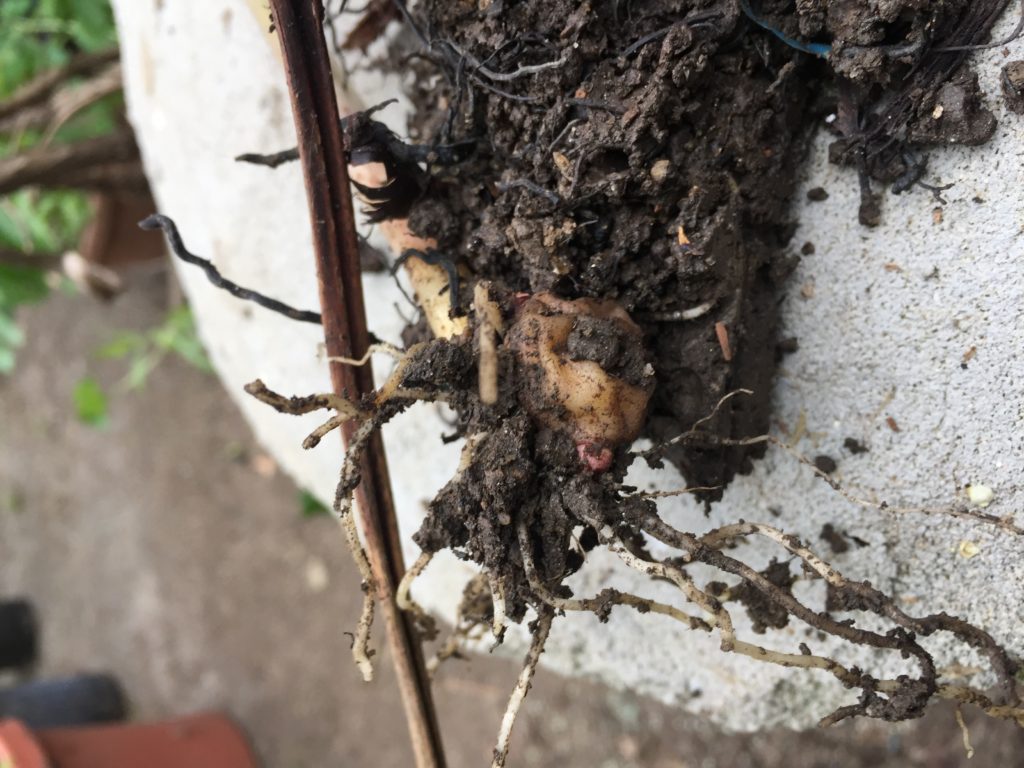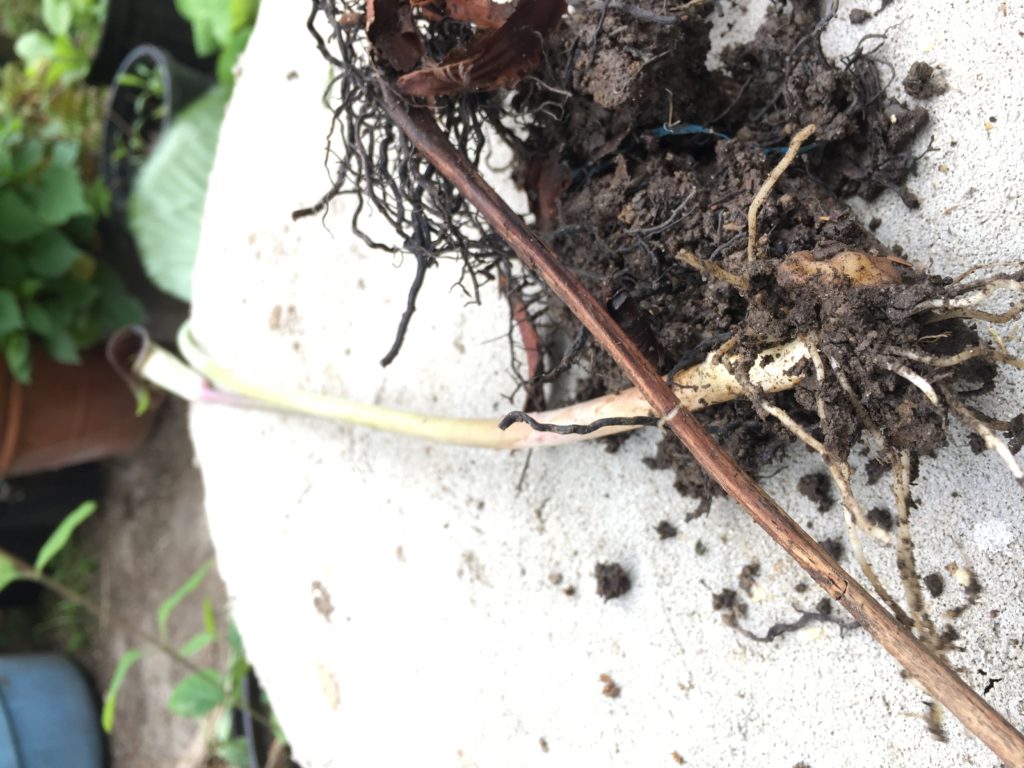Our 10th year visiting the Trout Lily Preserve in Whigham, Georgia! It is a beautiful place and we are so grateful for the preservation of this property and the continuing enhancements of it for the public good!
So on this beautiful Saturday afternoon, February 15, 2025, the visit was made! The Volunteers had outdone themselves again with a stunning welcome! Carefully planned free parking made to accommodate every visitor and a brand new visitors center! Lots of informative signage and visitor guidance to help enhance the visitors experience and to protect the delicate plants of the preserve. (stay on the trails, do not trample the beautiful plants you are here to see) is essentially what the message was.
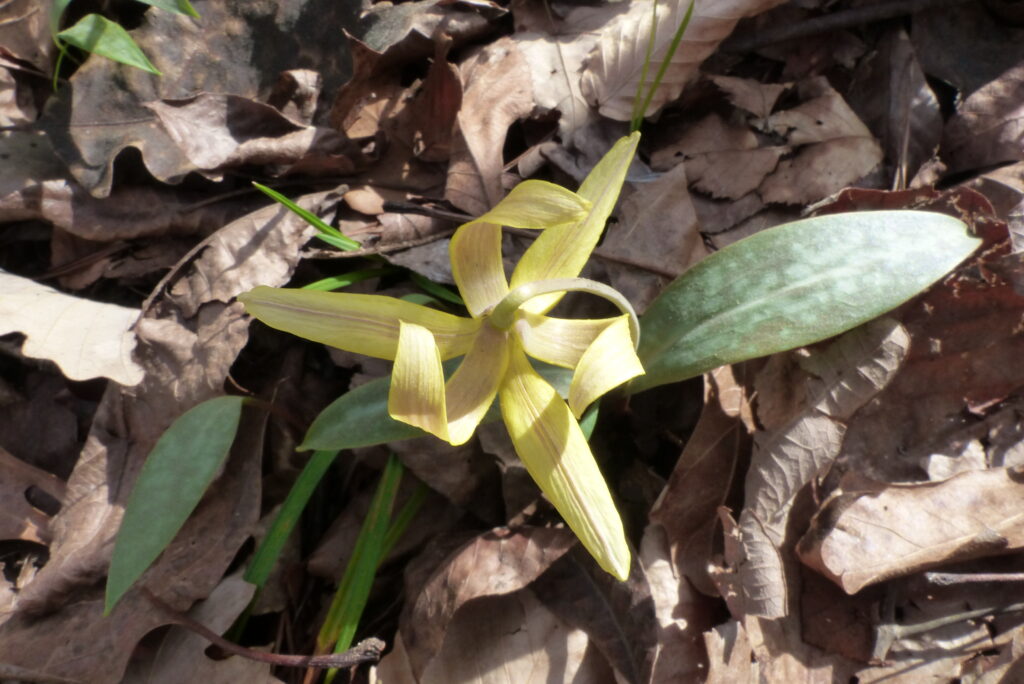
There is so much beauty here, the colors, the shapes, and the variations! Every trout lily flower has a different shape! On this day I spent plenty of time photographing individual Trout lilies showing how each one has a different shape and growth pattern. The next few photos will illustrate this observation.
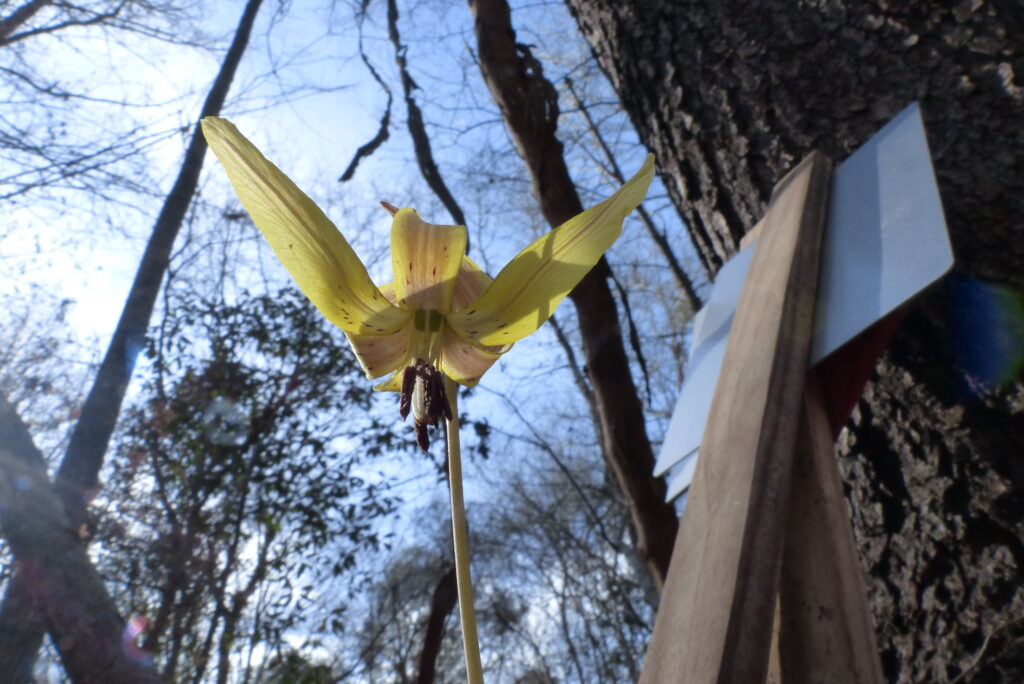
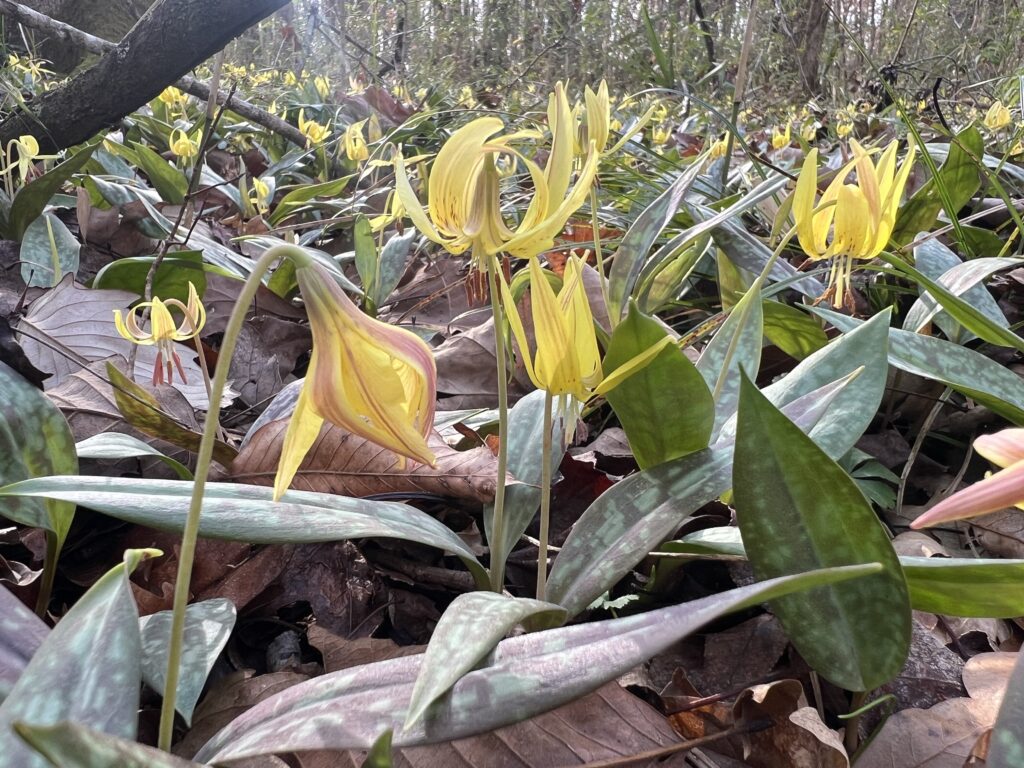
It just goes to show how much genetic variation can exist in a genetically isolated environment. The Trout lily Preserve is an example. It is the southern most population of this species and hundreds of miles from the nearest Trout Lily populations, which are found in Northern Georgia.
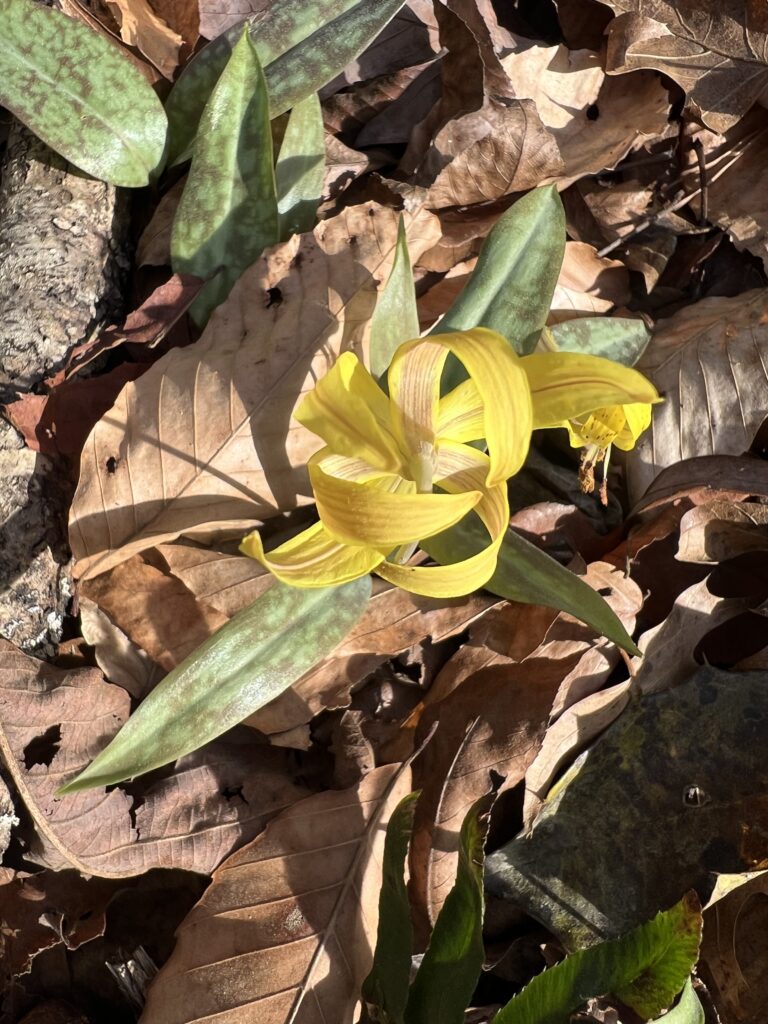
The ten years of observation at this site has been informative and has prompted some interesting questions about the genetic history and genesis of this special place. To start off, this population of Trout Lilies is an anomaly. It is isolated. Isolation in Science offers an opportunity for study, when some factors are removed, allowing for a focused and simpler case. I am interested in how isolated this unique population actually is: The pollen from the northern populations must at some point enter into the atmosphere. How do they travel? Most of the winds in the U.S. travel from west to east, but they can also blow south, so perhaps Trout Lily pollen could be blown due south, reaching the isolated population in Southern Georgia, breathing into that population the genetic diversity possibly needed for long-term sustenance. From my understanding, isolated populations of any species have a unique genetic blueprint that is for the most part in stasis. There are no new variables introduced into the genome that can provide a different DNA code than the dominant strain. Why is this an important issue? Because if a pathogen is introduced into this population that targets a specific cellular composition, there is an enhanced possibility of a widespread pandemic that could potentially wipe out a whole population. If there is a section of the population that has a varied genetic makeup that differs from the rest of the population than there is a real chance that this pathogen will not succeed in total anniliation of that specific population. That population is able to procreate and subsist even after substantial losses. To further understand this scenario it is important to understand that genetics always has the occasional mutation resulting in a different DNA sequence. This is a known natural behavior. It is these abnormalities that could potentially result in a specimen or specimens of a species that have a resistance to a pathogen such as a virus that could result in survival rates of a deadly pandemic statistically significant enough for the continuation of the overall population.
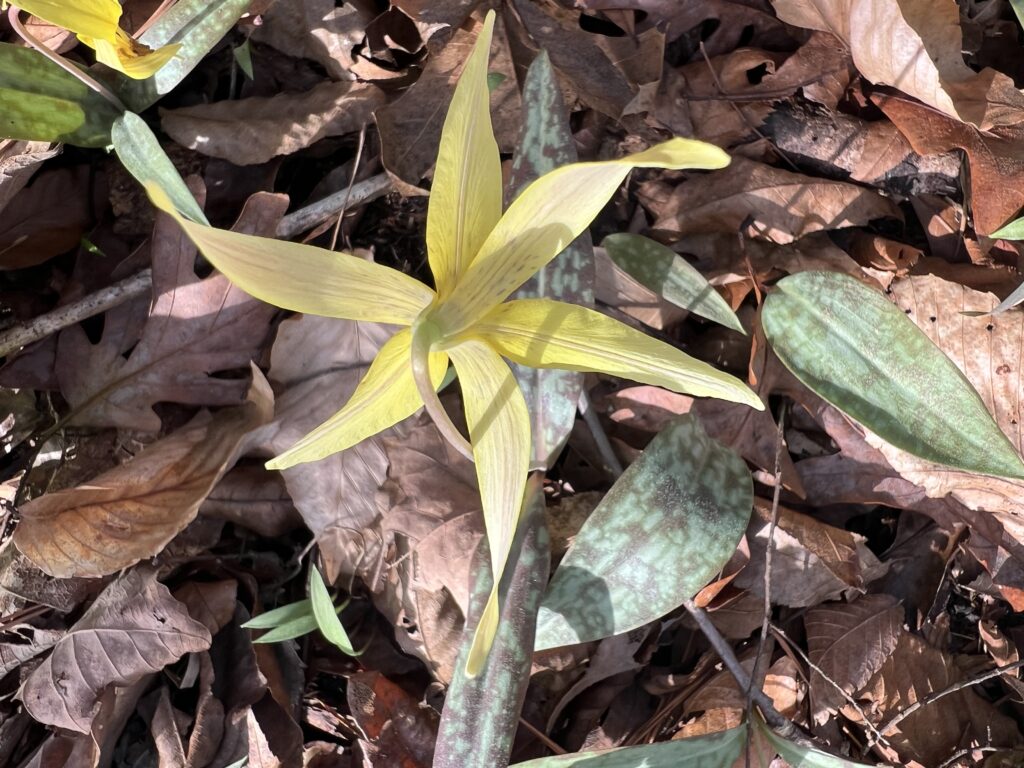
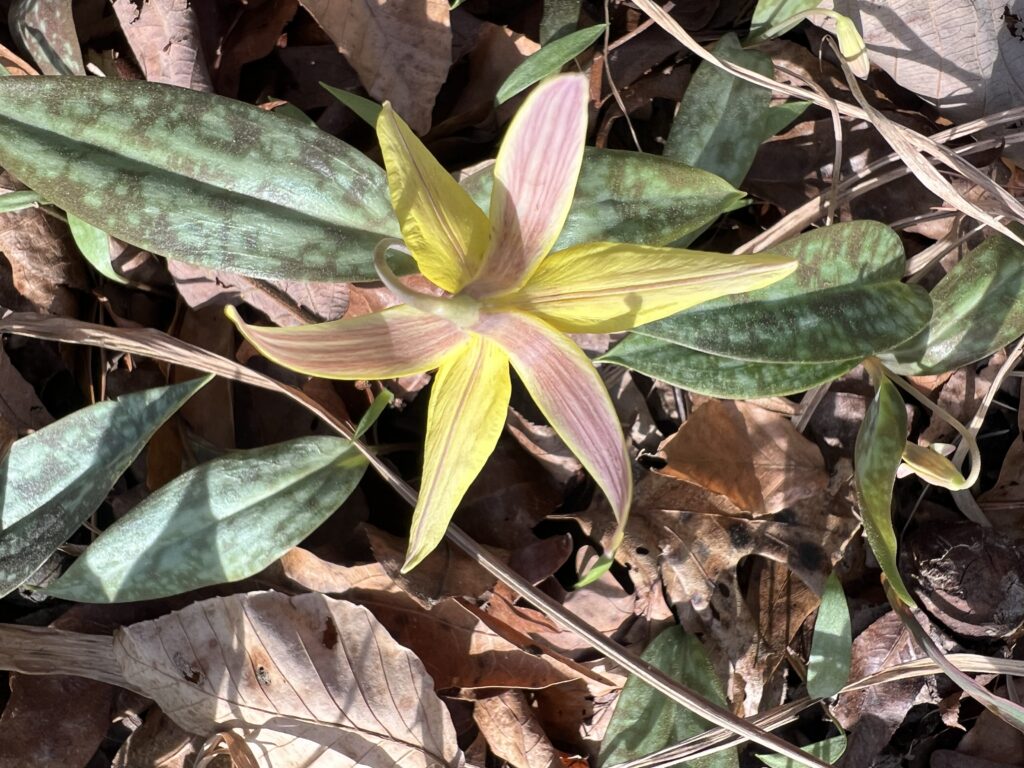
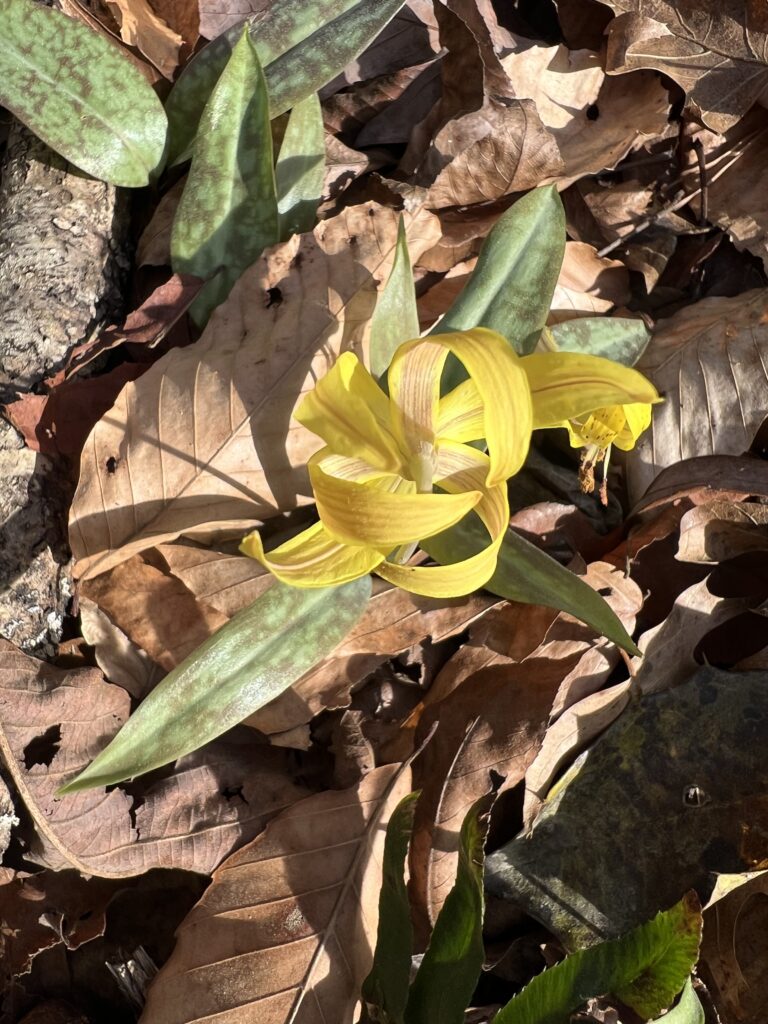
Another thought about this interesting isolated population of Erythronium umbilicatum is the sheer volume of individual specimens on this 140 acre site. (There are also scattered populations in nearby North Florida as well!) The reason I bring up the volume of specimens is because this may have an impact on genetic variation of a population, given enough time: The natural mutations within a given population over time can result in a naturally diversified community of specimens within a definitively spaced/isolated population. I’m guessing here thousands of years.
So what may have started out with a more homogenous genetic makeup as a re-oriented population of a species in a new location will have morphed into a diverse enough genetic pool over a long enough time to become sustainable in a longer arc of history. The natural mutations that do occur in reproduction offer a longevity for a given population of species, if the conditions are favorable to begin with. With these Whigham, Georgia Trout lilies, it is a north facing slope, with a clay soil favorable to this species.
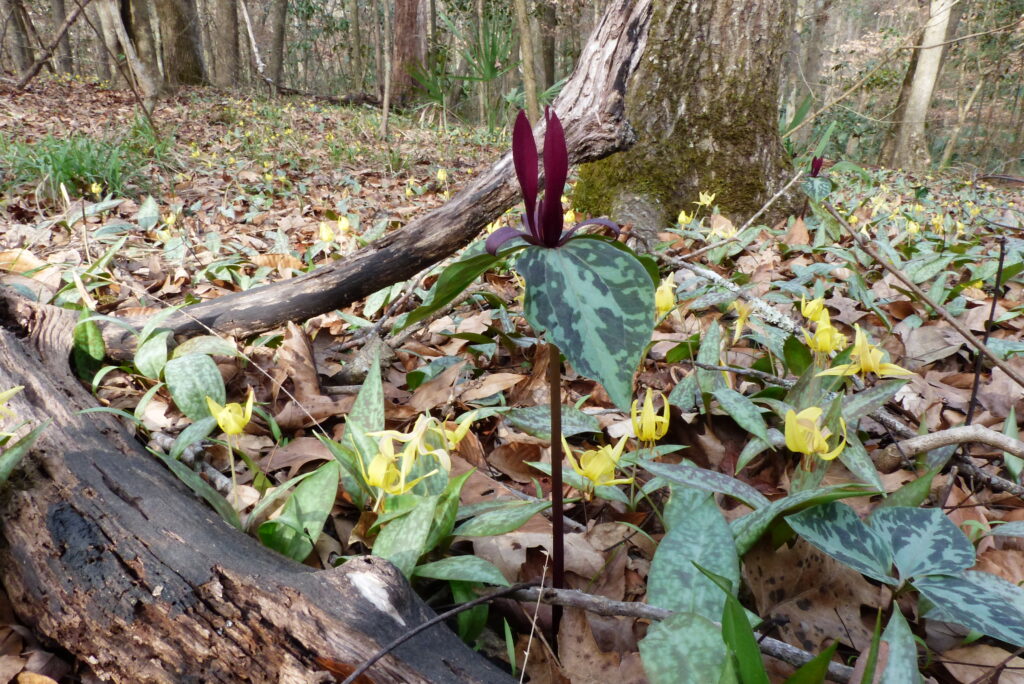
And how about this Trillium maculatum, found all throughout the site, growing alongside the Trout Lilies!
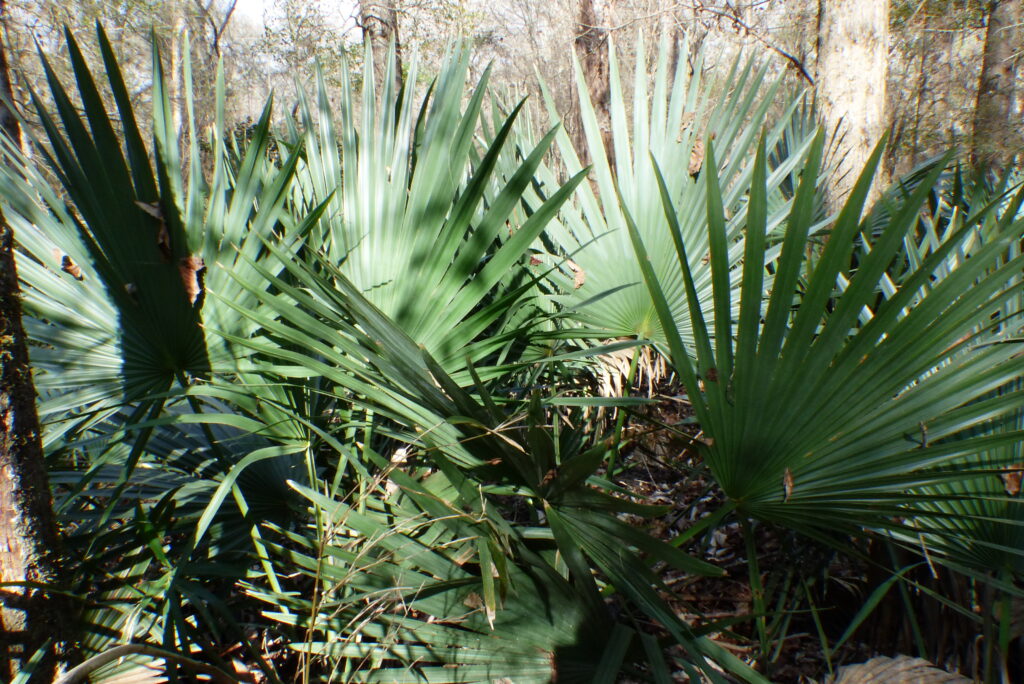
The newly reconstructed trails bring us visitors right up to the banks of Wolf Creek, our Preserve’s namesake and defining geographic feature. All along the Creek is the stunning Bluestem Palmetto Sabal minor, growing right alongside the Trout Lilies and Trillium. It is noteworthy to observe these plants growing right along side each other, sharing the same soil, moisture and light conditions. From a gardener’s perspective, noting these closely associated plants is essential to trying to re-create them successfully in one’s yard. We have been working on trying to re-create something like Wolf Creek Trout Lily Preserve in our Thomasville, Georgia yard, which is 23 miles to the east, for the past ten years, with some degree of success. All of our plants are purchased at nurseries and local plant sales in the area, and it is interesting to note that Trout Lilies are totally unavailable for sale because of their unique morphology: the mature flowering plants exist as a corm buried deep into the ground, as much as 12 inches or more underground most of the year. The corm is like a tiny potato, about 5/8 of an inch long. when it is time to shine, it sends up a long shoot that reaches the surface of the earth and sends up a leaf and sometimes a flower. It takes many years for the corm to create a flower. This renders it effectively impossible for this plant, as a specimen, to be sold at a nursery. Many years ago Lowe’s was selling the corms, and we purchased a few and we have Trout Lily leaves coming up in our yard but have yet to see flower.
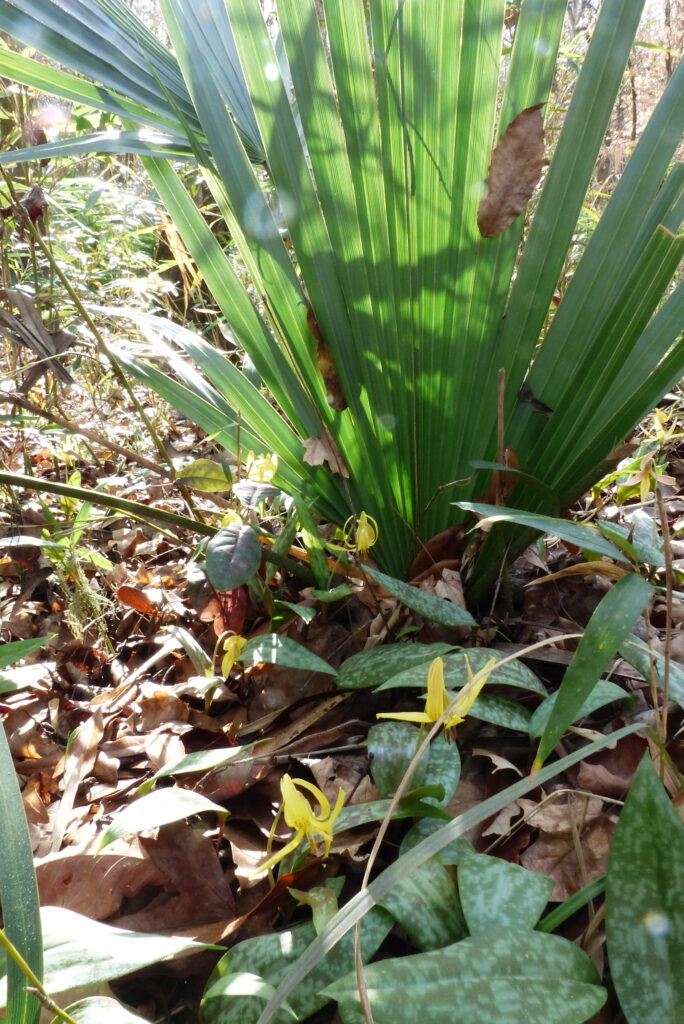
The Preserve is so fascinating in so many ways and it was delight to visit on February 15, 2025, with a balmy 77 degrees and sunny skies. It is great to be able to enjoy the beauty of the place and also to have the luxury to expand my thoughts into a meditation about genetics and the history of plants and the places they grow and the timeline. Its always more questions than answers. The questions and simplistic understanding about genetics outlined here are grounded in a respect for science and worries about disease and pandemics. In the world of plants, disease and catastrophic failure, we are in an obfuscated situation, completely dependent on plants to survive to sustain our species and are at risk of losing the scientific muscle needed to overcome a black swan event of sudden disease of crucial plant species such as wheat, oats etc. The Potato famine in Ireland needs to be remembered here. Genetics matter, Science matters. Scientific research needs to be respected and understood for the value it brings to our society, and funded appropriately. In this dark time of taking away much needed government funding of scientific research, we are putting our society at risk of disease and famine. We have entered into an era of disease and pandemics and we have the scientific prowess to resist it still with us, and we must try to stay on that path!
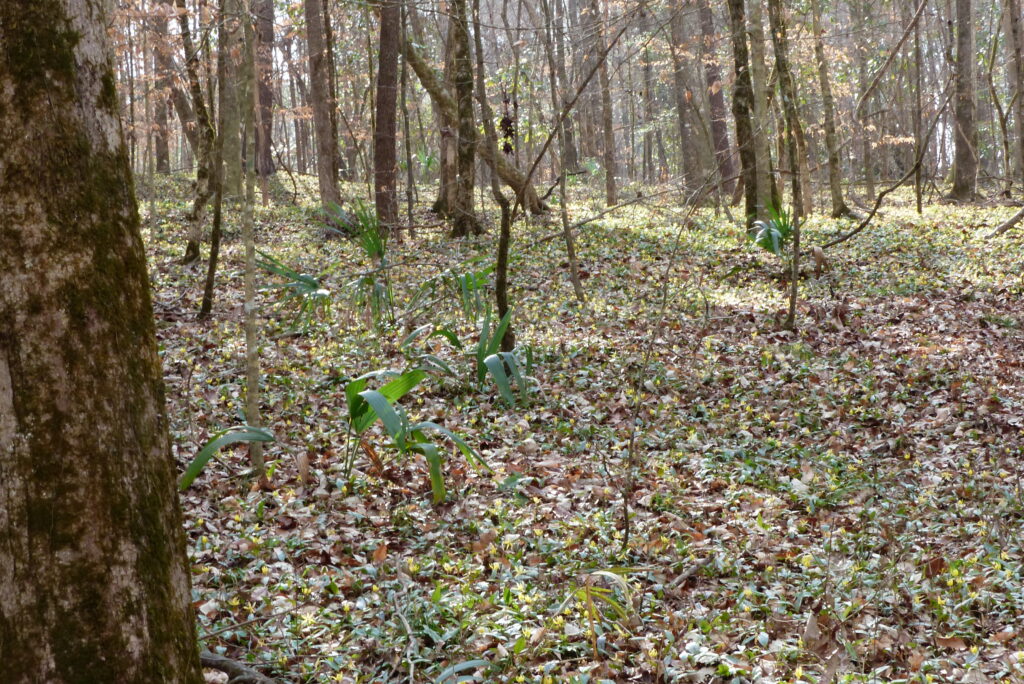
Lastly, Check out this beautiful population of gorgeous Trout Lilies, thousands of years old!
- 2020 Coronavirus Crisis
- 2020 Coronavirus Crisis
- Aerial photography
- Ailanthus tree/ tree-of-heaven
- American Chestnut Tree (Castenea dentata)
- american native plants in foreign locations
- Aralia elata -Japanese Angelica tree
- Arisaema triphyllum
- Ash
- Bald Cypress
- birds and bird viewing
- Bloodroot
- bloom times
- Bluebells
- Bowmans Hill Wildflower Preserve
- Conowingo Dam
- Darby Creek Watershed
- Delaware Bay
- Delaware River Watershed
- Dogwood
- Empress tree
- Fall in Morris Park
- Field Trips
- Florida
- Flowering plants
- France
- Gardening your region
- garlic mustard
- Georgia
- Haddington Woods Project
- Hickory
- Invasive Plants
- Jack in the Pulpit
- Japanese Maple
- leaf and flower
- Lesser Celandine
- Maryland
- Mile-a-Minute
- Milkweed
- Moths
- Mt Moriah Cemetery
- native plant gardening
- Native Plants
- native vines
- New England
- New Jersey Pine Barrens
- New York City
- painting
- Paris
- Park Trails
- plant roots
- Pollinators
- pond cypress
- Prickly pear cactus
- Schuylkill River Watershed
- Shenks Ferry Wildflower Preserve
- shrubs
- Spring in Morris Park
- Street trees
- Summer in Morris Park
- Susquehanna River Watershed
- Susquehanna State Park
- Sweetgum
- The Jersey Shore
- The New Jersey Shore
- Time lapse videos
- Time-lapse photography
- Trees
- Tucquan Glen Nature Preserve
- Tulip Poplar
- Ukraine
- Uncategorized
- urban land use
- vegetable gardening
- Virginia
- weather
- West Fairmount Park
- West Philly
- White Fringe
- Winter in Morris Park
- Wolf Creek Trout Lily Preserve
- woodland herbaceous plants
- 2020 Coronavirus Crisis
- 2020 Coronavirus Crisis
- Aerial photography
- Ailanthus tree/ tree-of-heaven
- American Chestnut Tree (Castenea dentata)
- american native plants in foreign locations
- Aralia elata -Japanese Angelica tree
- Arisaema triphyllum
- Ash
- Bald Cypress
- birds and bird viewing
- Bloodroot
- bloom times
- Bluebells
- Bowmans Hill Wildflower Preserve
- Conowingo Dam
- Darby Creek Watershed
- Delaware Bay
- Delaware River Watershed
- Dogwood
- Empress tree
- Fall in Morris Park
- Field Trips
- Florida
- Flowering plants
- France
- Gardening your region
- garlic mustard
- Georgia
- Haddington Woods Project
- Hickory
- Invasive Plants
- Jack in the Pulpit
- Japanese Maple
- leaf and flower
- Lesser Celandine
- Maryland
- Mile-a-Minute
- Milkweed
- Moths
- Mt Moriah Cemetery
- native plant gardening
- Native Plants
- native vines
- New England
- New Jersey Pine Barrens
- New York City
- painting
- Paris
- Park Trails
- plant roots
- Pollinators
- pond cypress
- Prickly pear cactus
- Schuylkill River Watershed
- Shenks Ferry Wildflower Preserve
- shrubs
- Spring in Morris Park
- Street trees
- Summer in Morris Park
- Susquehanna River Watershed
- Susquehanna State Park
- Sweetgum
- The Jersey Shore
- The New Jersey Shore
- Time lapse videos
- Time-lapse photography
- Trees
- Tucquan Glen Nature Preserve
- Tulip Poplar
- Ukraine
- Uncategorized
- urban land use
- vegetable gardening
- Virginia
- weather
- West Fairmount Park
- West Philly
- White Fringe
- Winter in Morris Park
- Wolf Creek Trout Lily Preserve
- woodland herbaceous plants
